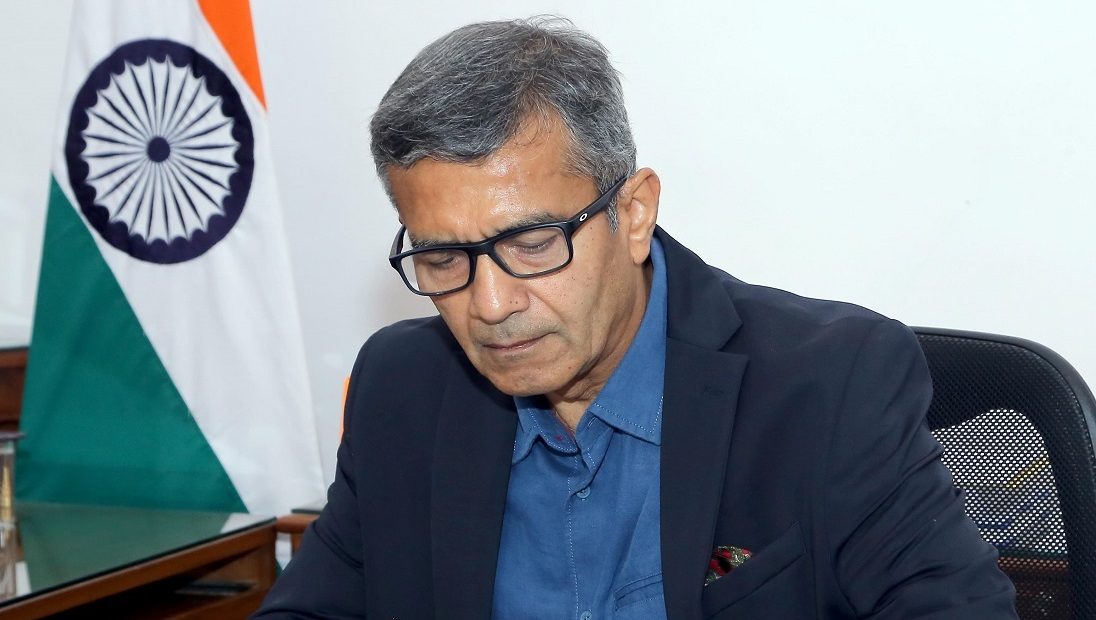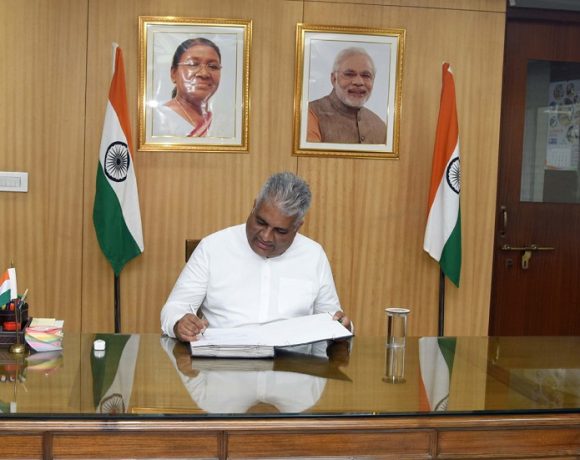
Defence Secretary Singh Backs Faster Buying Over Bigger Budget
India’s Defence Secretary, Rajesh Kumar Singh, has downplayed concerns over budget limitations, asserting that the primary obstacle to enhancing military readiness is the slow pace of procurement—not the total amount allocated. His comments come amid growing pressure to raise defence spending to 4% of GDP, up from the current ~2%.
“Our challenge isn’t budget quantum but procurement timelines,” Secretary Singh said at a recent defence forum, stressing that timely acquisition and delivery of military equipment are more critical than an outright budget increase. He underlined the existing financial outlays are sufficient—but only if acquisitions are executed efficiently.
Defence Spending: Funds are There
While defence analysts advocate for a larger ₹ lakh‑crore budget to support next‑generation arms—from stealth fighters to submarines and AI‑enabled platforms—Secretary Singh warned that without faster processes, any additional funding risks stagnating unused in bureaucratic delays.
Procurement Speed: The Real Game‑Changer
Singh announced significant strides in shortening acquisition cycles. By overhauling the Defence Acquisition Procedure (DAP), integrating performance-based contracts, and strengthening project management, he revealed artillery procurement timelines have already been reduced by nearly 30%. Similar fast-tracking measures are now underway for drones, precision munitions, and air-defence systems.
He also spotlighted growing domestic defence manufacturing under the Atmanirbhar Bharat initiative. Public–private partnerships, start-up collaborations, and streamlined licensing are being harnessed to reduce import dependence and build indigenous capability.
Strategic Context: Agility Equals Preparedness
With increasingly complex geopolitical threats—from border flares to cyber warfare—Ian’s military readiness hinges on speed and adaptability. Secretary Singh’s shift in emphasis from “how much” to “how fast” reflects a strategic effort to maximize impact from every rupee spent.
Experts welcomed this recalibration, citing that systemic inertia, old vendor frameworks, and procedural layers often block timely delivery more than funding shortages do.


















